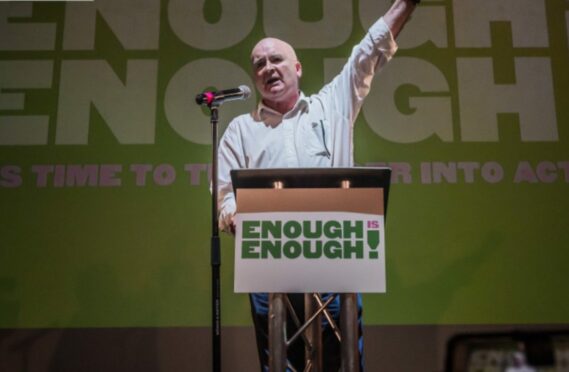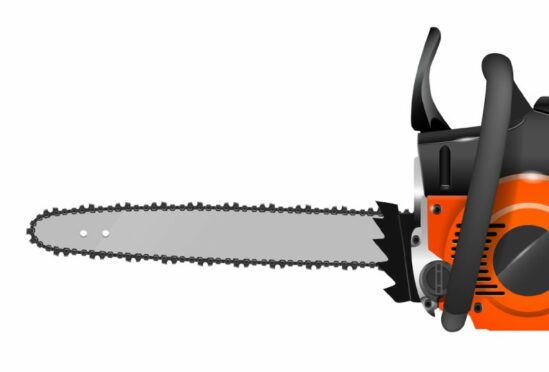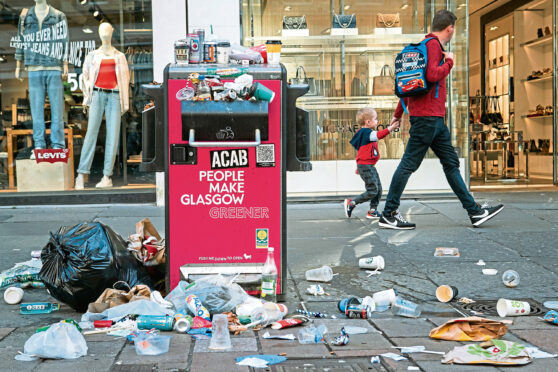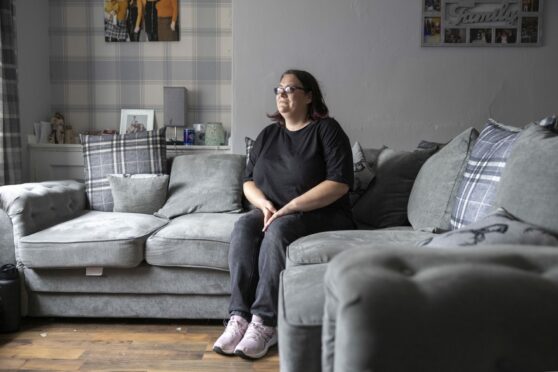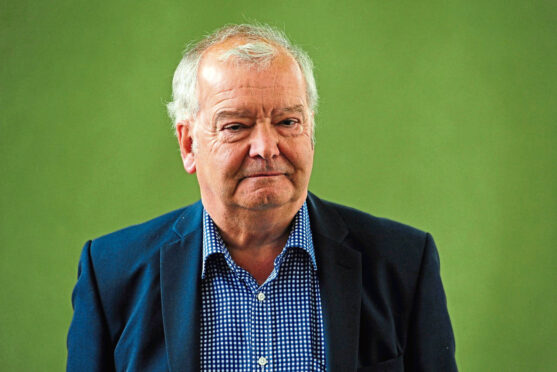
A second Winter of Discontent could lead to even greater social and political turmoil than the 1978-79 crisis, according to Scotland’s pre-eminent historian Sir Tom Devine.
With rubbish piling up in the streets, public sector workers on strike and inflation rising, parallels are being drawn to the Winter of Discontent that brought down James Callaghan’s Labour government and ushered in the election of Margaret Thatcher 43 years ago. But now the political tables have turned with strikes hitting a Conservative government.
Sir Tom, professor emeritus at the University of Edinburgh, said: “The Labour government in the 1970s was quite emollient to the trade unions. After all, Labour was partly funded by the trade unions. The current government is composed of members of a party which for many years now have been aggressively opposed to trade union power, and in fact have done everything to reduce it. That might then mean the possibilities for greater hostility between government and unions, including – something that also occurred in 1979 – unofficial trade union action.
“That would be illegal nowadays in the UK and it would be interesting therefore to see how government might react. The potential, for example, of an imposition of martial law may have to be considered.”
Sir Tom said that the current Conservative government was in a stronger parliamentary position than Callaghan’s Labour government, which lost by a no confidence vote by one vote in March 1979, paving the way for a general election two months later. The no confidence vote by Thatcher was signed by SNP MPs, who accused Labour of failing to deliver their promise on Scottish devolution.
Sir Tom said: “The big difference is the current government has a majority of more than 70 seats. So in terms of seats, it’s in a strong position. The Callaghan government was brought down by the SNP because it had only a few seats in terms of giving it political control.
“If the Tories wanted to hold on to power for another couple of years, they could do so. But personally, I don’t think that the political atmosphere yet would be conducive to giving government support. That might occur over time, of course, but at the moment the opinion polls suggest people are sympathetic to workers who are either thinking of taking action or have already taken action.”
But Sir Tom also warned that public support for the trade unions could decline depending on how long strikes last. “RMT leader Mick Lynch has done extremely well because he comes across as an intelligent and moderate operator – in no sense somebody of the ilk of Arthur Scargill during the miners’ strike of the 1980s. But that could change if strikes endure for some time.”
The Winter of Discontent saw 2,000 strikes by workers, including gravediggers in Liverpool and Tameside.
Sir Tom said: “We haven’t yet reached the stage of the dead not being buried, but the images of mounting bags of rubbish are identical to the kind of images that Margaret Thatcher’s general election campaign used against the Labour Party. ”

Enjoy the convenience of having The Sunday Post delivered as a digital ePaper straight to your smartphone, tablet or computer.
Subscribe for only £5.49 a month and enjoy all the benefits of the printed paper as a digital replica.
Subscribe